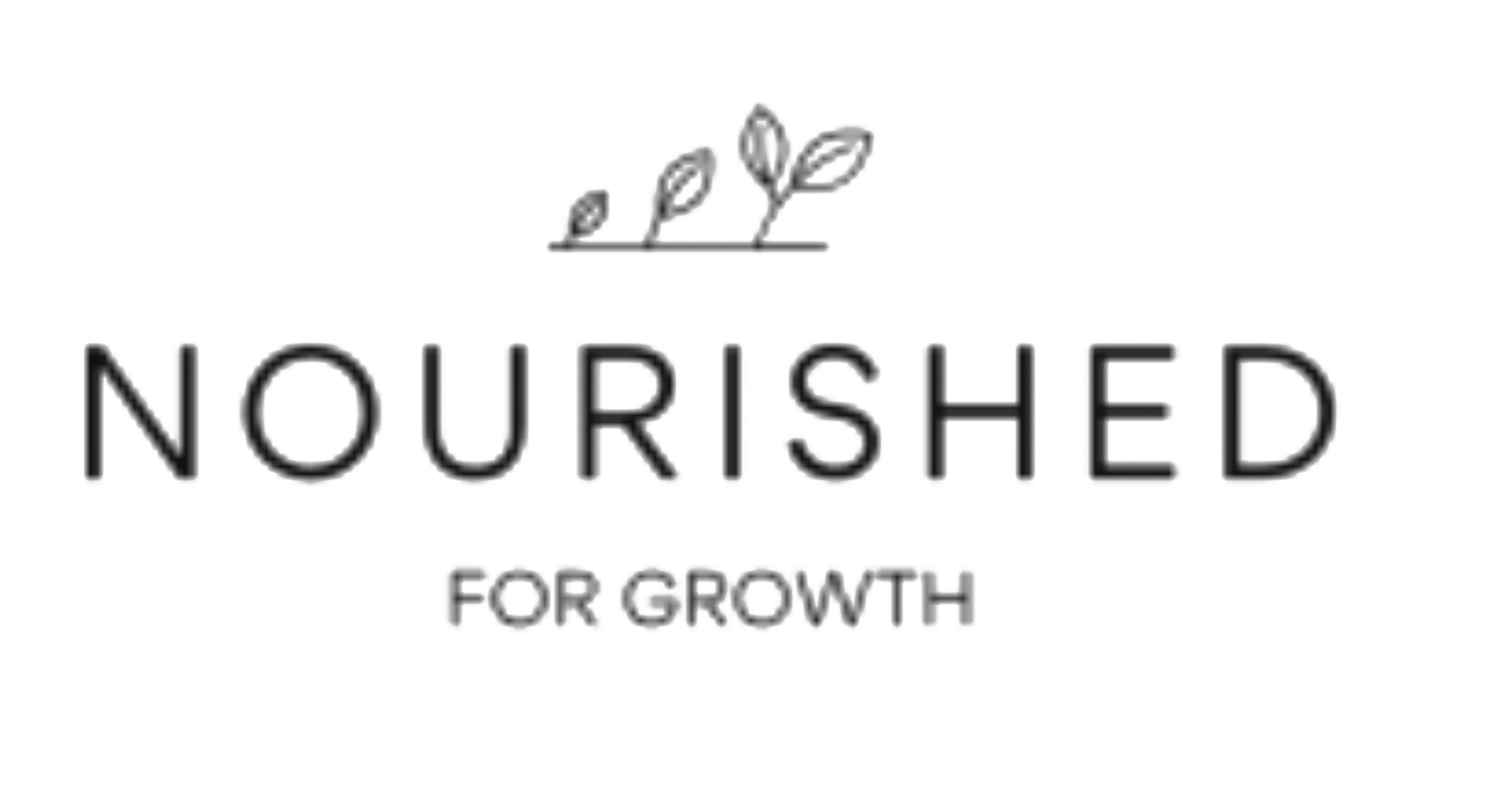Do you sometimes feel guilty after eating certain foods? Or maybe when you feel you ate “too much”?
In a world focussed on weight loss, diets and food rules, food guilt is very common. I know, I’ve been there in the past and I’m sure many of you have been too.
So, when you answered YES to my first question, please know that you are not alone. But let me tell you that it’s possible to turn your food guilt around. And trust me, I’m not a superwoman. I might seem disciplined from the view of an outsider, but from within I have always felt undisciplined with a lack of self-control. For the longest time, my struggle with food has made me feel like I could never change, but I did and so can you too!
First off, let’s look at what “food guilt” really means.
Guilt = a feeling of worry or unhappiness that you have because you have done something wrong.
In general, feelings of guilt arise after doing something perceived as wrong, or not doing something perceived as right. In a lot of cases, guilt can be a positive emotion because it provides motivation to act better in the future.
However, guilt can also have a negative impact when it is unfounded and leads to actionless remorse. This is what happens with food guilt.
So, here is a list of things you can do to get rid of food guilt so that you can have a more peaceful relationship with food, all the things that have personally helped me a lot:
TIP #1: Identify your food rules
We can’t change what we’re not aware of, so the first step is working out what rules trigger the guilt. Take some time to identify what these are. Approach what you’re noticing with curiosity instead of judgement will make the process much less overwhelming and take the pressure off of getting it ”right”. I strongly encourage writing them down. You can ask yourself some of the following questions:
– What times of the day do you (not) allow yourself to eat?
– Do you have rules around snacking or drinks?
– Do you look at calories to determine what to eat?
– Are there any foods you try to avoid?
TIP #2: Challenge and reframe your food rules
The only way to move away from food guilt is to challenge the rules that you have held. When you challenge them, you get to discover for yourself what feels good for you rather than have ‘the diet culture’ decide this for you.
Put the foods in order of how anxious the thought of challenging them makes you feel. Start with a rule that feels the least scary and then reframe the thought.
Example:
Rule: “I can’t eat pizza/dessert/bagel, that’s a sure going to end up on my hips/stomach/thighs!”
Reframe the thought: “My body knows what to do with calories. My body will break down this food into nutrients for me to absorb. I respect my body and that means I feed it a variety of foods.”
TIP #3: Practicing permission to eat all foods
Then you have to give yourself the unconditional permission to eat these foods AND actually eat them. There is absolutely no substitution for actually eating the foods that scare you. You can’t theoretically give yourself permission but not action it – your body and brain are smarter than that – you have to quite literally prove to yourself that it’s OK to eat these things by eating them. You can’t pretend to allow food. You also can’t tell yourself you’re giving yourself permission, but then still hold onto rules for how many times a week is acceptable or that it’s OK to eat it because you worked out in the morning, or whatever other reason you tell yourself. That’s all still mental restriction, and that’s going to hold you back.
We want what we can’t have – it’s human psychology! So, when we tell ourselves we “shouldn’t” eat something, we will likely only think about it and crave it more. When you practice permission to eat these foods, you’ll notice it takes the power away from these foods.

TIP #4: Eat mindfully
Guilt disconnects you from your own natural cues, so to combat them, slow down and refocus. Before taking a bite, pause and take a few deep breaths, observing your emotions and hunger level. As you proceed, notice all your sensory experiences—including colours, textures, and flavours. You’ll not only notice when you’re full but, hopefully, also realize you can feel pleasure and satisfaction from eating too.
When you focus on the experience of eating, you actually feel more pleasure and more satisfaction. It also allows you to make more conscious decisions, which can be helpful if you tend to take impulsive actions around food that cause you regret later.
TIP #5: Honour your feelings
Over-eating or eating a food that leaves us sluggish happens to the best of us, so there is nothing wrong with you if you find yourself in this situation. I’d encourage you to acknowledge these feelings rather than suppress them with (more) food.
For instance, say you go out to dinner and ate past your fullness cue and now have a stomach ache. You can acknowledge that you have over-eaten and that it made your body feel very uncomfortable, and take note to stop eating sooner next time.
The following day, if you feel less hungry, you can listen to these cues and have lighter yet balanced and nutritious meals. This is a way to address these signals without turning them into food guilt.
The wrong thing to do would be to feel guilty about enjoying your hearty dinner, have salads the entire day to make up for it, and end the day by bingeing on ice cream because you’re nutrient deprived.
TIP #6: Stop dieting
Having rigid rules around eating, making foods off-limits, following external guidelines to tell you when you’re full instead of relying on your own body’s hunger and fullness cues or what you actually enjoy and don’t – I think you agree that all these things and so diets are simply not sustainable.
Learning to understand, listen and respond appropriately to your hunger and fullness cues and coming back to the basics of eating (intuitive eating) is the absolute best way to create a healthy, feel-good relationship with food and your body for life.
| “This also means that all foods can be a part of a healthy diet.”
TIP #7: Be patient
It can take time to challenge food rules but it is absolutely possible and let me tell you, life is so much better when you no longer feel guilty around food and can use that brain space for the things that fill you up. It’s initially expected that your brain may have conflicting messages. You might have a diet brain on the one side telling you to restrict and stick to the rules, whilst you’re trying to challenge them at the same time!
The more you challenge the rules that aren’t serving you, the more the judgmental thoughts will dissipate over time. This takes time and patience.
If you’re feeling like this is too much on your own, or you think you have an eating disorder, it’s important to seek support from a qualified professional.
I hope that you got some insight from me sharing my experience and that it will help you along your own journey. If you are reading this and feel inclined to share it with a loved one, please do so. The more we spur the conversation around these topics, the more everyone learns and heals.
[/et_pb_text][/et_pb_column][/et_pb_row][/et_pb_section]